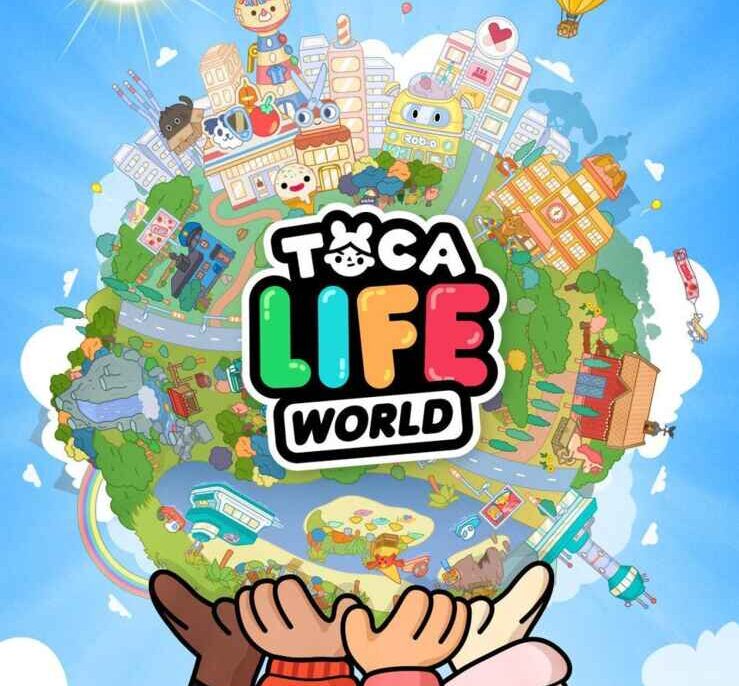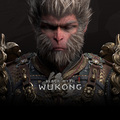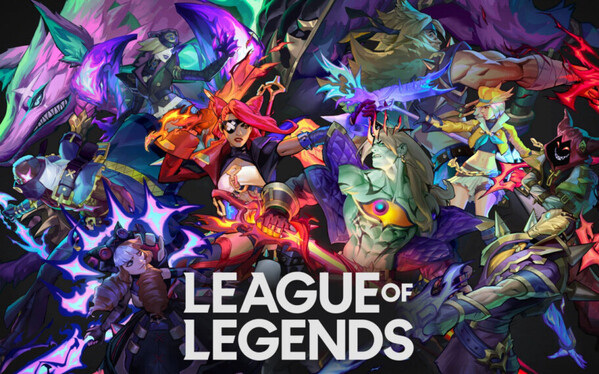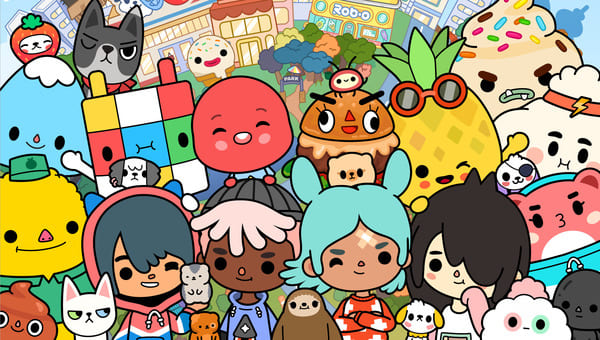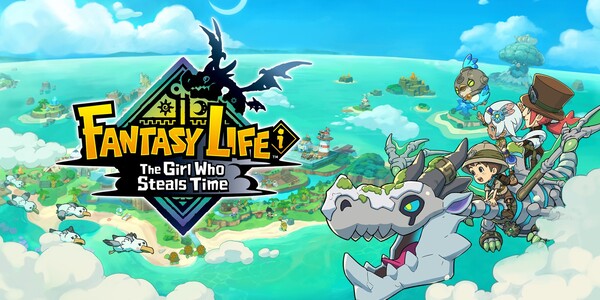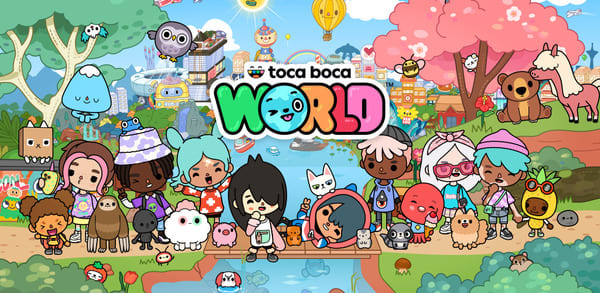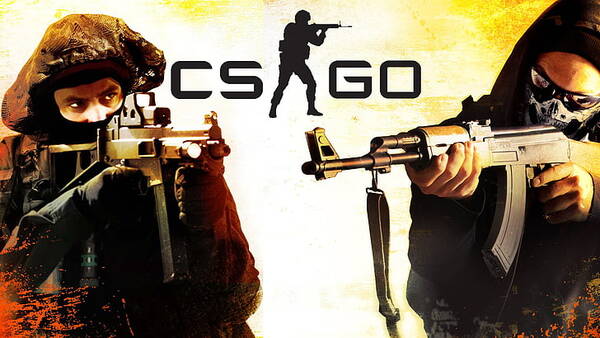Toca Boca is a name recognized by millions of children and parents around the world. What began as a small Swedish app studio has grown into a global brand redefining digital play for kids. Unlike traditional video games, Toca Boca focuses on creativity, open-ended exploration, and safe, ad-free environments. This article will guide you through Toca Boca’s history, growth, impact, and its balanced pros and cons—offering expert insights and ratings along the way.
1. The Origins of Toca Boca: Where It All Began
Toca Boca was founded in 2010 as part of the Swedish media company Bonnier. From the very beginning, their mission was to create digital toys rather than video games, emphasizing imagination over competition. The team focused on developing apps that would encourage children to engage in pretend play through interactive, non-linear experiences.
The company’s first app, Toca Tea Party, launched in March 2011. It invited children to host virtual tea parties, pour tea, and serve cakes—all without any scoreboards or end goals. This fresh approach stood out in a market dominated by competitive, ad-driven mobile games. It was an instant hit, praised by both parents and child development experts for its quality, safety, and charm.
2. Expansion and Early Success (2012–2014)
Between 2012 and 2014, Toca Boca expanded its portfolio with a series of successful apps such as Toca Hair Salon, Toca Kitchen, and Toca Doctor. Each of these apps built on the core concept of open-ended play while introducing new scenarios and interactive elements.
Toca Hair Salon let children style and cut virtual characters’ hair, while Toca Kitchen allowed them to prepare and experiment with food in silly, unrestricted ways. Toca Doctor offered a playful take on medical role-play, helping kids understand health concepts in a non-scary manner. These apps solidified Toca Boca’s reputation as a leader in child-friendly digital content.
At the same time, Toca Boca grew its internal team and community. The company maintained active communication with parents through social media and direct feedback channels, constantly refining its products based on user input.
3. Diversification and Brand Development (2015–2016)
In 2016, Toca Boca was acquired by Spin Master, a Canadian toy and entertainment giant. This acquisition marked a turning point, allowing Toca Boca to expand beyond digital apps into physical toys and merchandise.
With increased resources and support, the brand launched products such as plush toys, clothing lines, and animated YouTube content. One notable example is the Toca Life Stories animated series, which helped bring their app characters to life on new platforms.
While this expansion offered many benefits—such as broader brand recognition and new revenue streams—some long-time fans expressed concern. They worried that increased commercialization might dilute the brand’s original focus on child-first, ad-free digital experiences.
4. The Introduction of Toca Life Series (2016–2018)
A major milestone during this period was the release of the Toca Life series. Starting with titles like Toca Life: City, Toca Life: School, and Toca Life: Hospital, these apps allowed players to explore detailed environments, control dozens of characters, and create their own stories.
The key difference in Toca Life apps was the sheer depth and richness of each game world. Players could move characters around, dress them up, feed them, and even invent their own dramas—all without any preset objectives or limits.
By late 2018, Toca Boca launched Toca Life World, a unified platform combining all previous Toca Life titles into one massive, interconnected world. This release was especially popular, though it introduced a greater reliance on in-app purchases to unlock new areas and features.
5. Global Growth and Cultural Adaptation (2019–2020)
Toca Boca’s popularity wasn’t limited to Sweden or the United States. By 2019, their apps were being used in over 200 countries. Recognizing this global audience, the company took deliberate steps to ensure cultural representation and inclusivity within its games.
Characters now featured a wider range of skin tones, hairstyles, and clothing styles. Gender-neutral options were introduced, allowing children to express themselves more freely. This effort was widely praised as a forward-thinking approach in children’s media.
At the same time, Toca Boca addressed growing parental concerns over children’s digital habits. They reinforced safety measures, avoided data collection, and made in-app purchases clearly marked and optional rather than essential to gameplay.
6. Toca Boca During the Pandemic (2020–2021)
The COVID-19 pandemic had a significant impact on how families interacted with technology. With many children stuck at home, digital play became an essential form of entertainment and social connection.
During this period, Toca Boca experienced a surge in downloads and active users. Families used the apps not just for solitary play but also as a way for siblings to play together and share stories.
To support its growing community, Toca Boca organized virtual events and released special updates. Initiatives like Toca Days offered players free in-game gifts and exclusive content. While these efforts were appreciated, the increase in app size and reliance on in-app purchases became more noticeable, especially for families using older devices or facing financial constraints.
7. Expanding Beyond Apps: Physical Products and Partnerships
Building on its digital success, Toca Boca expanded more aggressively into physical products after 2021. The company released a wide range of merchandise, including plush toys, stationery, storybooks, and fashion collaborations.
One notable partnership was with H&M, where a Toca Boca-themed children’s fashion line gained popularity across Europe and North America. Another collaboration with Crayola introduced Toca Boca coloring books, blending digital characters with real-world creative play.
While these expansions helped solidify Toca Boca as a lifestyle brand, they also raised concerns about accessibility. Some products were priced higher than comparable children’s merchandise, leading some parents to question whether the brand was becoming too commercialized.
8. Toca Boca Today: Leading the Kid’s App Market (2022–2025)
By 2025, Toca Boca has firmly established itself as one of the top players in the children’s app market. Alongside competitors like Sago Mini and Dr. Panda, Toca Boca maintains a leading position thanks to its consistent focus on creativity and safety.
The company’s revenue now comes from several streams, including paid app downloads, in-app purchases, and physical product sales. Despite some pricing concerns, the overall quality of Toca Boca’s offerings has kept users loyal.
User reviews and expert ratings generally place Toca Boca at the top of its category. The apps score highly in areas such as educational value, creative engagement, and child safety. Some points are deducted for occasional performance issues on lower-end devices and the cost of unlocking all content in Toca Life World.
9. The Future of Toca Boca: Trends and Expectations
Looking forward, industry experts predict several possible directions for Toca Boca. These include the integration of augmented reality (AR) features, allowing children to bring their favorite characters into the real world through their devices’ cameras.
There’s also interest in using artificial intelligence (AI) to create more personalized play experiences, where apps adapt to each child’s preferences. Additionally, educational partnerships with schools and learning platforms could make Toca Boca a more formal part of early childhood education.
Despite its strong market position, Toca Boca will face challenges. Maintaining product quality while expanding into new territories and technologies will require careful management. There’s also the ongoing task of keeping loyal users happy while attracting new audiences in an increasingly competitive app landscape.
10. Final Thoughts: Why Toca Boca Still Matters Today
Toca Boca stands out as a rare success story in the children’s digital entertainment space. What began as a small experiment in creating open-ended, ad-free apps has grown into a global brand beloved by millions.
Its focus on creativity, inclusivity, and safety remains its core strength. While the brand has diversified into physical products and faced some pricing criticisms, it continues to set the standard for what child-friendly digital content should be.
Parents looking for safe, engaging apps for their children can trust Toca Boca to provide a high-quality experience that fosters imagination and learning. Meanwhile, children enjoy the freedom to tell their own stories, experiment with new ideas, and simply have fun without pressure or ads.
